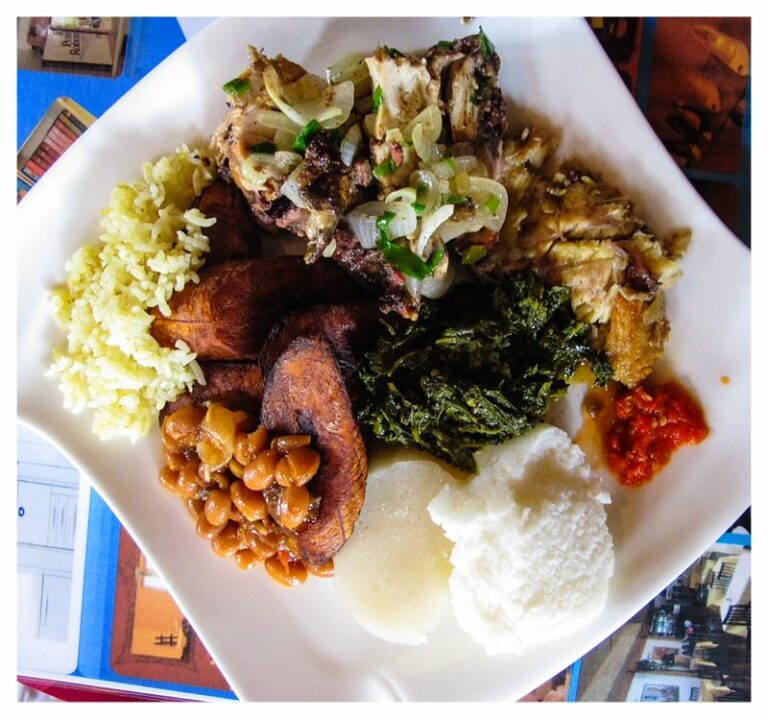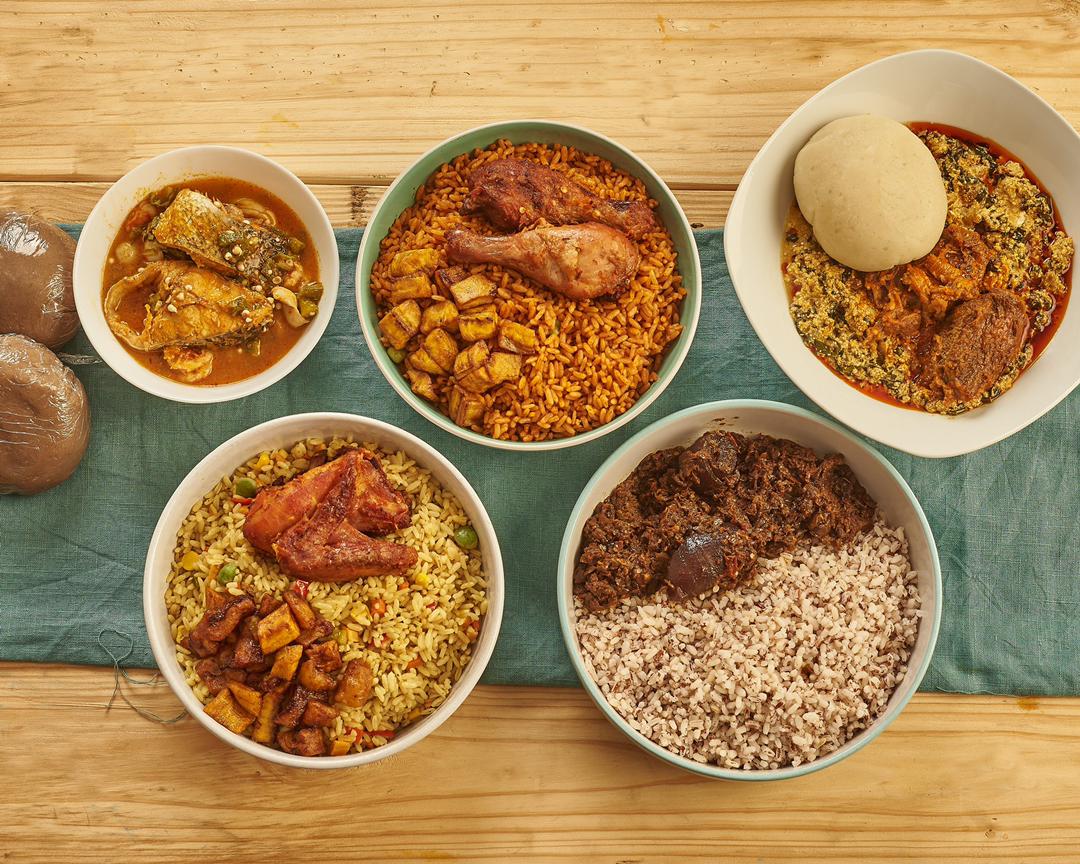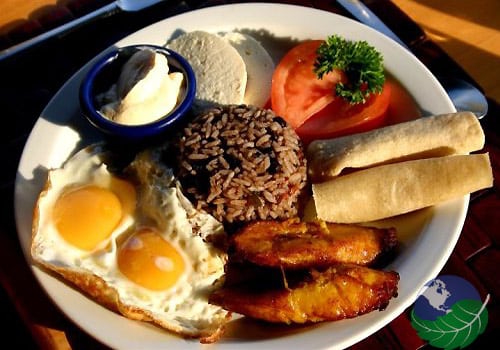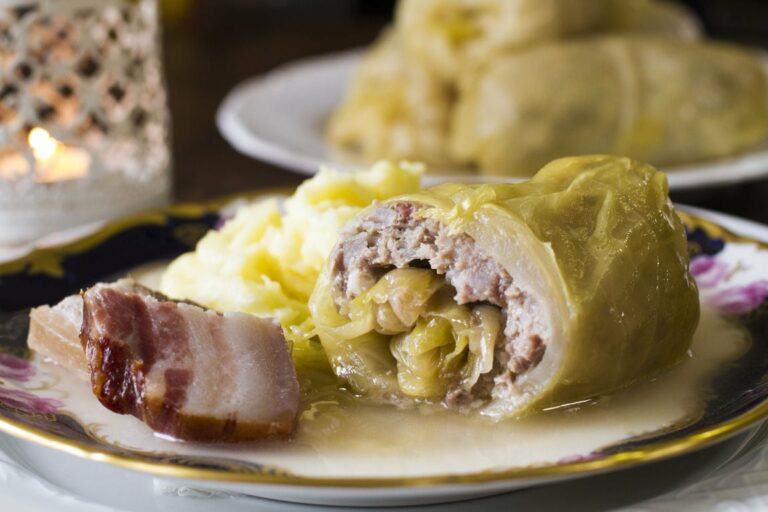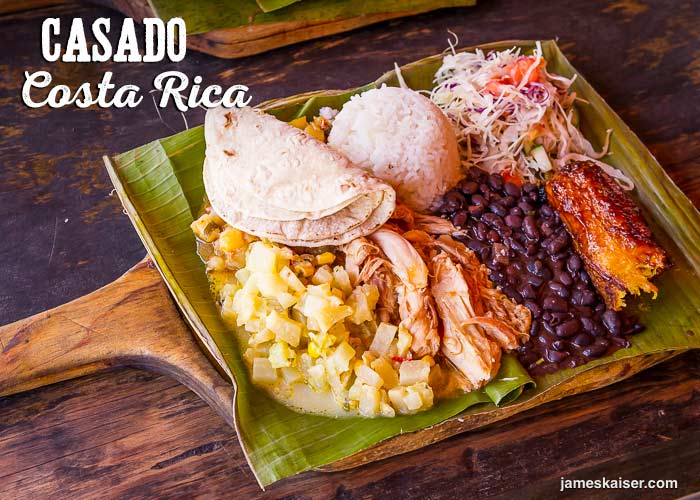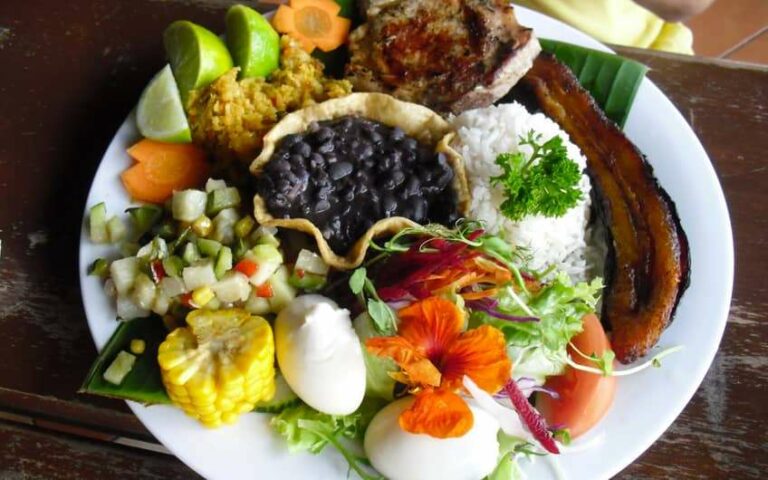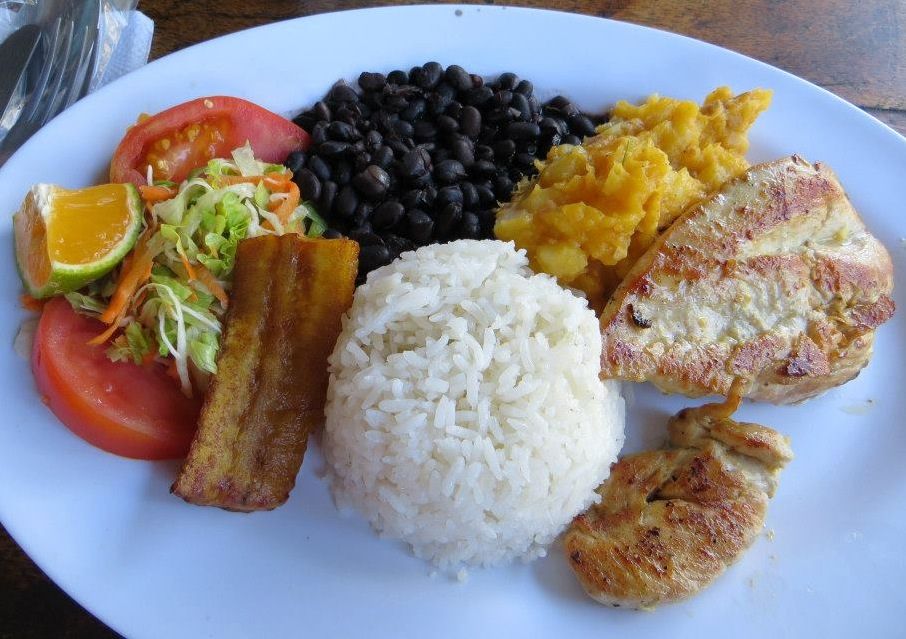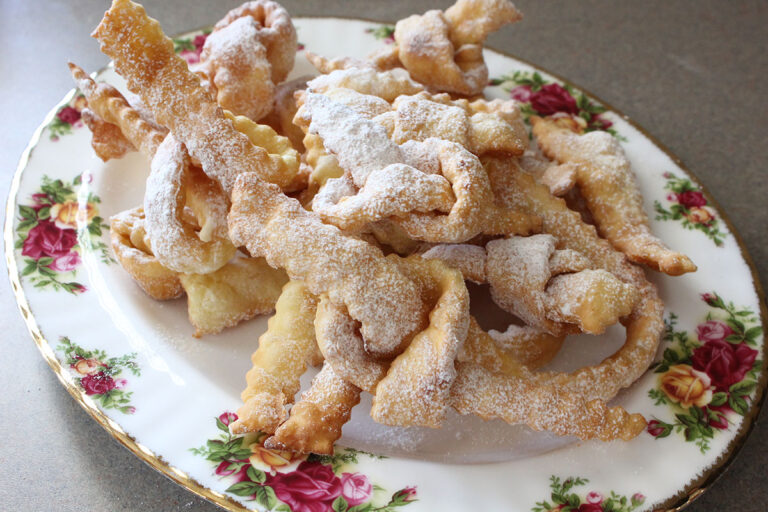Introduction: Exploring the Meat Culture of Congo
Congo, also known as the Democratic Republic of Congo, has a diverse and rich food culture. Meat plays an integral role in Congolese cuisine, and it is a staple in many dishes. Congolese meat dishes feature a variety of meats, including beef, chicken, fish, and game meat. The meat is often seasoned with a blend of spices and herbs, and it is usually served with a side of staple foods such as cassava, plantains, or rice.
Game Meat: A Staple in Congolese Cuisine
Game meat is a popular choice in Congolese cuisine, and it is often used in stews, soups, and roasted dishes. Game meat such as antelope, buffalo, and warthog are commonly hunted and consumed in Congo. These meats are often marinated in a mixture of spices and herbs and slow-cooked to perfection. Game meat dishes are considered a delicacy in Congo and are often served at special occasions, such as weddings and festivals.
Nyama Choma: A Delicious Grilled Meat Dish
Nyama Choma is a popular grilled meat dish in Congo. The dish is made by marinating beef or goat meat in a mixture of spices, herbs, and lemon juice before grilling it to perfection. Nyama Choma is often served with a side of ugali, a staple food made from maize flour and water, or chapati, a type of flatbread. The dish is commonly served at restaurants and street food stalls across Congo and is a favorite among locals and tourists alike.
Moambe Chicken: A Beloved Congolese Stew
Moambe chicken is a beloved Congolese stew made with chicken, palm oil, and vegetables such as tomatoes, onions, and peppers. The dish is flavored with a blend of spices and herbs and is traditionally served with fufu, a type of starchy side dish made from cassava or plantains. Moambe chicken is a favorite comfort food in Congo and is often served at family gatherings and special occasions.
Brochette: A Classic Congolese Street Food
Brochette is a classic Congolese street food made from skewered meat, usually beef or chicken, that is marinated in a mixture of spices and herbs before being grilled. Brochette is often served with a side of fries or plantains and is a popular snack or light meal in Congo. The dish is commonly sold by street vendors, particularly in cities such as Kinshasa and Lubumbashi.
Poulet à la Moutarde: A Must-Try Chicken Dish
Poulet à la Moutarde, or mustard chicken, is a must-try dish in Congo. The dish is made with chicken that is marinated in a mixture of mustard, herbs, and spices before being roasted to perfection. Poulet à la Moutarde is often served with a side of potatoes or rice and is a popular dish at restaurants and cafes across Congo.
Makemba: A Tasty Fried Fish Dish
Makemba is a tasty fried fish dish that is commonly consumed in Congo. The dish is made by frying fish, usually tilapia or catfish, in a mixture of spices and herbs until it is crispy and golden brown. Makemba is often served with a side of plantains or cassava and is a popular dish at roadside stalls and local restaurants.
Ngai Ngai: A Unique Beef Tartare Preparation
Ngai Ngai is a unique beef tartare preparation that is popular in Congo. The dish is made by mixing raw beef with a blend of herbs, spices, and vegetables such as onions and peppers. Ngai Ngai is often served as an appetizer or snack and is a popular dish at upscale restaurants and bars across Congo.

